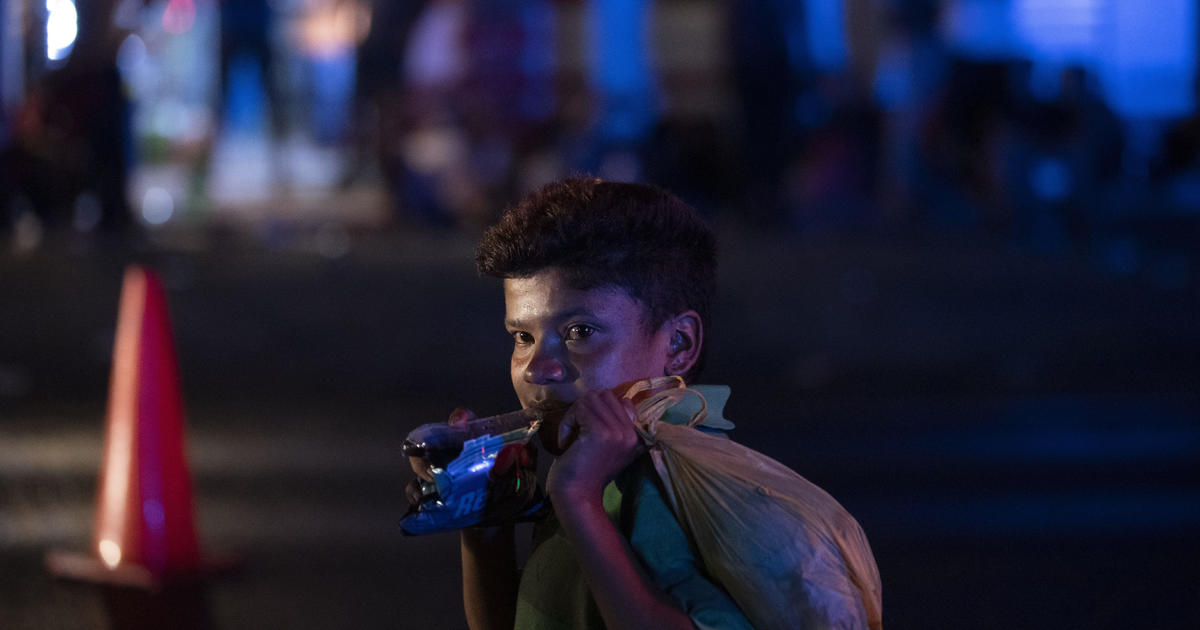U.S. immigration authorities along the southern border made more than 57,000 apprehensions of undocumented migrants last month, as crossings by single adults, families and unaccompanied minors continued to increase steadily since plummeting in the spring.
More than 50,000 of those apprehensions turned into rapid “expulsions” under a Centers for Disease Control and Prevention (CDC) order that invokes a little-known, decades-old public health law designed to control the spread of communicable diseases, according to U.S. Customs and Border Protection (CBP) data released Wednesday.
While they serve as the main metric to gauge unauthorized migration, border apprehensions — especially those during the pandemic — are not representative of the total number of migrants taken into U.S. custody, as many of those expelled to Mexico try crossing multiple times.
Asked when his agents can expect to stop implementing the unprecedented expulsions policy, acting CBP Commissioner Mark Morgan said at a press conference Wednesday that’s a decision for the CDC to make based on public health assessments of countries where migrants hail from. The Associated Press reported earlier this month that CDC experts opposed invoking this extraordinary public health authority, but relented under White House pressure.
CBP recorded more than 458,000 immigration arrests along the U.S.-Mexico border in fiscal year 2020, a significant decline from the 977,000 apprehensions made in the previous year, when a surge in crossings by Central American families and children overwhelmed U.S. migrant holding facilities.
U.S. Department of Homeland Security officials have used pandemic-era CDC orders to carry out more than 204,000 expulsions of migrants and asylum-seekers — including 8,800 unaccompanied children — since mid-March. These migrants are not placed in regular immigration proceedings or allowed to seek asylum, but are instead briefly held in the U.S. before being expelled to Mexico or their home countries.
The Trump administration says the policy has allowed the U.S. to protect border officials and the broader American public from migrants who could spread the coronavirus inside detention facilities and the rest of the country. But migrant advocates have said the CDC directives are being weaponized to fulfill the administration’s objective of restricting access to humanitarian refuge for border-crossers, whom officials have accused of gaming the asylum system to enter the U.S.
A federal magistrate judge late last month recommended the U.S. District Court in Washington, D.C., grant a request by the American Civil Liberties Union (ACLU) to block the Trump administration from expelling unaccompanied migrant children, whose protections under U.S. law have been largely suspended through the pandemic-era restrictions.
According to the data released Wednesday, CBP made nearly 3,900 apprehensions of unaccompanied children last month, the highest tally since August 2019. It is unclear how many of these minors were expelled under the CDC order or transferred to the U.S. refugee agency, as required by a 2008 Bush-era anti-trafficking law.
At Wednesday’s press conference, top border enforcement officials said Mexican migrants make up the bulk of those apprehended. They highlighted a high “recidivism” rate of attempted border crossings. Border Patrol chief Rodney Scott noted that his agents’ ability to apply “consequences” to those who cross without documents has been hindered because of the CDC’s orders.
“We’re returning people very, very quickly, but our ability and willingness, if you will, to prosecute people to have a consequence to the illegal activity of crossing the border has been reduced because we know every single person that we take out of the Title 42 process and put into a judicial process where we’re going to be face-to-face, we’re going to have to detain them — is knowingly accepting additional risk to spread COVID in the United States,” Scott said.
Scott also announced Wednesday that 360 miles of border barriers have now been built, forecasting that 450 miles will be completed by the end of the year.
